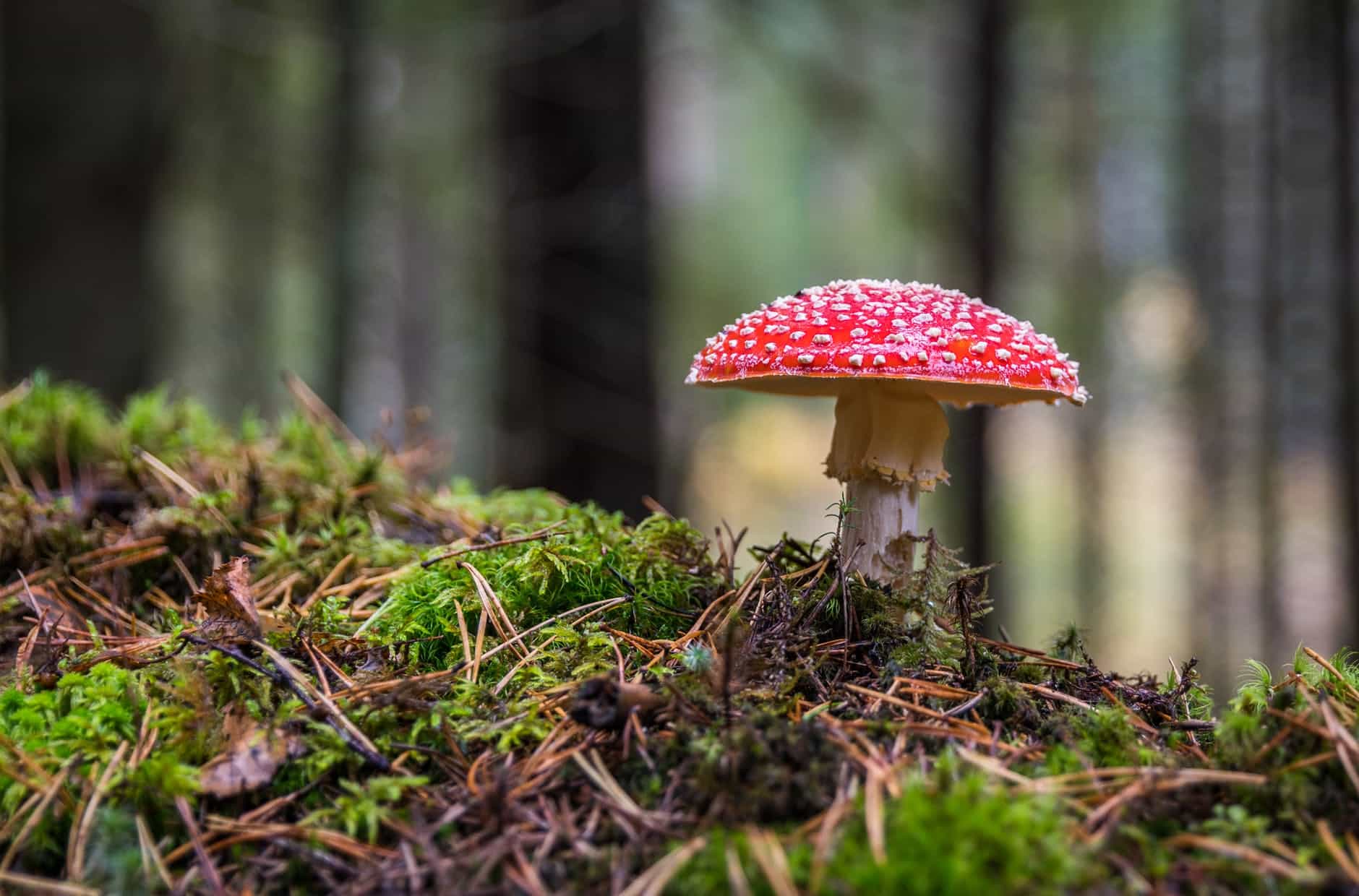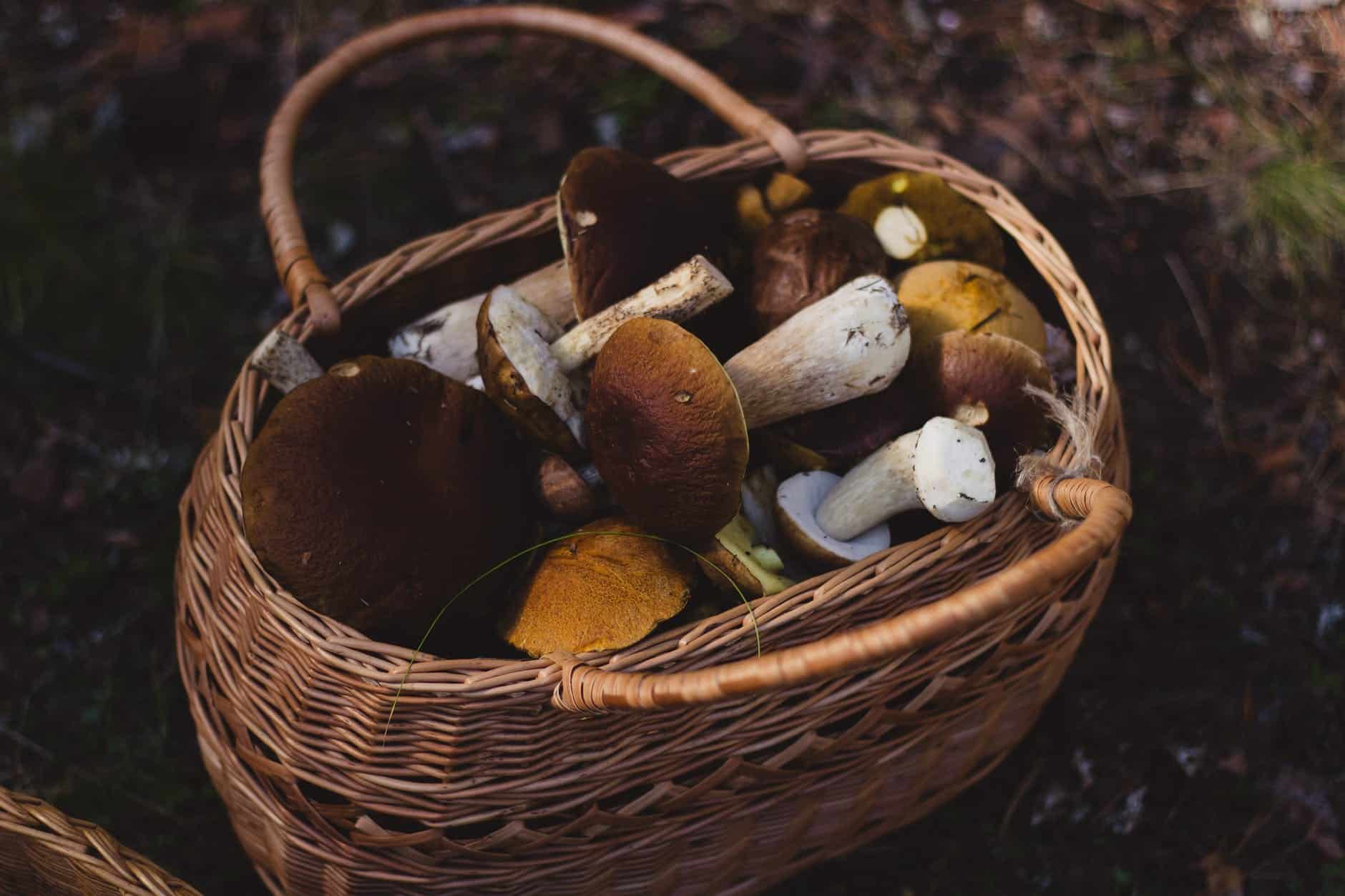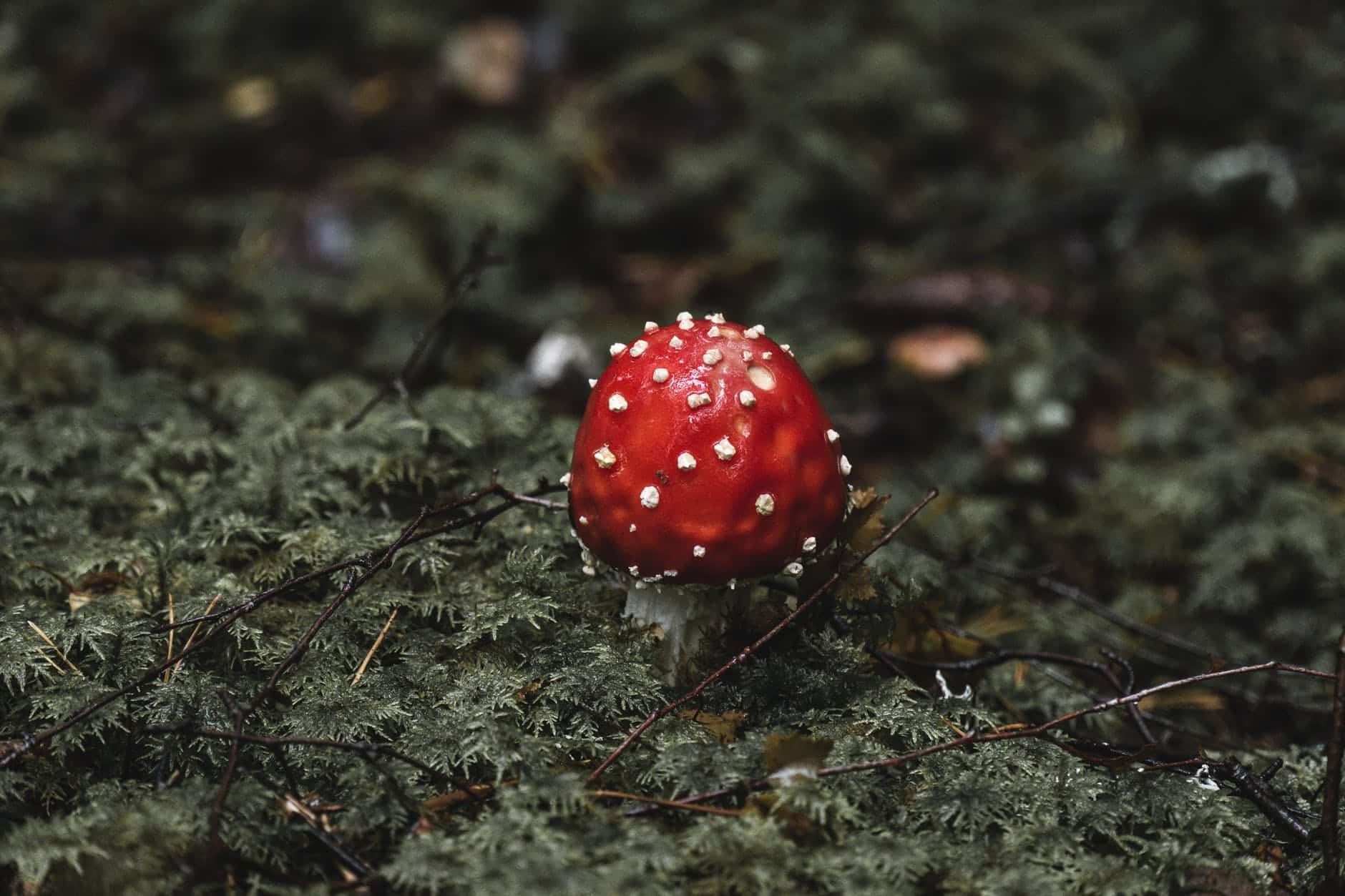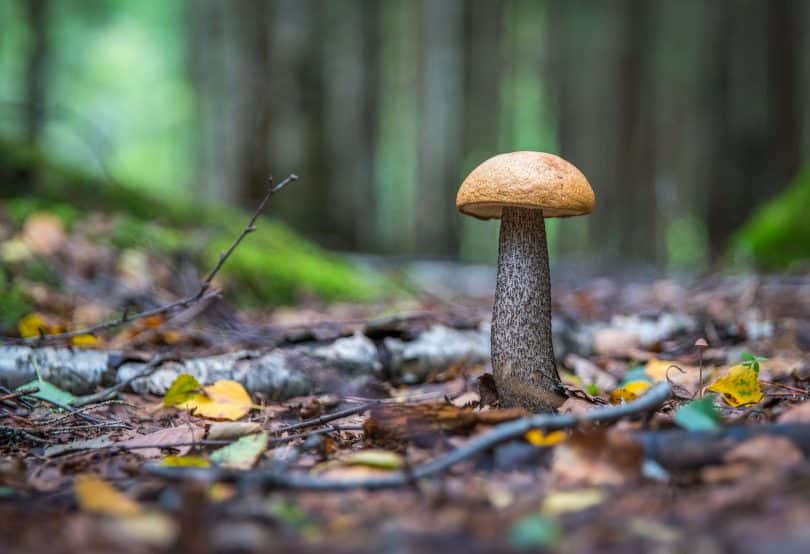People are often intimidated by the prospect of mushroom hunting and foraging. There are so many different kinds of mushrooms waiting to be discovered, and the thrill of finding your first mushroom is unbeatable. But, not knowing how to start mushroom hunting is quite tricky.
If you want to be a mushroom forager, you might be worried about picking the wrong mushrooms and getting sick. Sure, mushroom hunting and foraging can be fun, but it’s important to do it safely because you can’t eat just any mushroom. There are a lot of poisonous mushrooms out there, so it’s crucial to learn how to identify them before you go out into the wild.
Today, we’ll explain mushroom hunting for beginners and teach everything you need to know about safe mushroom hunting and foraging. You’ll also find some amazing resources to identify edible mushrooms and where to find them. So, read on to be a mushroom forager!

Benefits of Mushroom Hunting
Mushrooms are a type of fungi you can find in many different habitats worldwide. They can be found in forests, grasslands, and even your backyard! Mushroom hunting is a great way to get outside and enjoy nature while also getting some exercise. Before we explain mushroom hunting for beginners, let’s take a look at some of its benefits:
- It’s a great way to get outside and enjoy nature.
- Mushroom hunting is a great way to get some exercise.
- You can learn about different types of mushrooms and their habitats.
- You may find edible mushrooms that you can cook and eat!
- Mushroom hunting can be a fun and challenging activity for adults and children.
Supplies Need to Start Mushroom Hunting for Beginners
The best part of becoming a mushroom forager is that you don’t need a whole list of supplies. Here are the essentials of starting mushroom hunting for beginners:
Guidebook to Safe and Unsafe Mushrooms
There are many different types of mushrooms, and it can be difficult to tell the edible ones from the poisonous ones. A can help you identify which mushrooms are safe to eat and which ones you should avoid. Some mushrooms contain toxins that can cause vomiting, diarrhea, and cramping, while others may cause more serious problems such as liver damage or death. In addition, some mushrooms are so bitter or unpalatable that they are not worth eating, even if they are not poisonous.
Mushroom Cutter
One of the most important items of mushroom hunting for beginners is a mushroom cutter. A helps ensure that you only collect mushrooms that are safe to eat. It also allows you to cut the mushrooms into uniform pieces, making them easier to cook. In addition, you can use the mushroom cutter to create interesting shapes and designs on the mushrooms. This can make them more visually appealing and add to their flavor.
Mushroom Brush
A is specifically designed to clean mushrooms without damaging their mycelia. This brush’s bristles are soft enough to remove dirt and debris safely but firm enough to loosen stubborn dirt from the mushroom. A mushroom brush’s handle should also be curved so that you can easily reach the center of the mushroom. Also, a mushroom brush is small and lightweight, making it easy to carry with you on your next hike. So if you’re planning on going mushroom hunting, be sure to bring along a mushroom brush. It could make all the difference in whether or not you come home with a bounty of mushrooms.
Mushroom Foraging Bag
Mushroom hunting is a great way to get outdoors and enjoy nature while also getting some exercise. But it’s not as simple as just walking around and looking for mushrooms. You need to have the right equipment, including a . A mushroom foraging bag is essential because it allows you to collect mushrooms without damaging them safely. The bag should be made of sturdy material to protect the mushrooms from being crushed. It should also have a large opening to see the mushrooms inside easily. In addition, the bag should have straps or handles so that you can carry it comfortably. With the right , you’ll be able to safely and effectively collect mushrooms on your next mushroom hunting adventure.

Steps to Start Mushroom Hunting for Beginners
There are many different types of mushrooms, and they can be found in a variety of habitats. However, some of the best places to look for mushrooms are in wooded areas with plenty of moisture and organic matter. When hunting for mushrooms, it is important to wear long sleeves and pants to protect your skin from scratches and poison ivy. You should also bring a knife and a basket or bag to collect your finds. Most importantly, you need to be able to identify edible mushrooms. Many people choose to go mushroom hunting with an experienced guide who can teach them which mushrooms are safe to eat. However, several good field guides can help you learn to identify edible mushrooms. With a little bit of practice, you can collect a bounty of mushrooms and become a seasoned mushroom forager in no time.
You need to do a few things before going out mushroom hunting. For example:
- You should check the weather forecast and make sure that it will be sunny and dry when you plan to go out.
- It’s also helpful to have a map of the area to find your way back easily. When you’re out in the forest, stick to the path and don’t go off into the woods by yourself.
- It’s also important to be aware of your surroundings and watch out for potential hazards. If you see something that looks dangerous, don’t hesitate to turn around and go back the way you came.
Is Mushroom Hunting for Beginners a Good Hobby?
For centuries, people have been fascinated by mushrooms. These strange and often beautiful fungi can be found in nearly every environment on Earth, from the coldest mountains to the steamy rainforests. Mushroom hunting is a popular hobby for many people, as it can be both a fun and informative way to spend time in nature. While mushroom hunting for beginners can be tricky, it is generally safe as long as you take some basic precautions. With a little practice, you’ll be able to find an abundance of these fascinating organisms in your backyard.

Are There any Downsides of Mushroom Hunting for Beginners?
While mushroom hunting can be a fun and rewarding activity, some potential downsides are also to consider:
- Mushrooms can be difficult to identify, and even experienced hunters can make mistakes. This can lead to ingesting poisonous mushrooms, which can cause serious illness or even death.
- Mushroom hunting for beginners can be dangerous because it often involves going off-trail into remote and potentially hazardous areas.
- Mushroom hunting can have a negative impact on the environment if hunters are not careful.
However, mushroom hunting for beginners can be a safe and enjoyable way to connect with nature when done responsibly.
Final Thoughts
For beginner mushroom hunters, finding these elusive fungi can be daunting. With so many different species of mushrooms, it can be difficult to know where to start. However, beginners can do a few key things to increase their chances of success. First, it is essential to learn about the different types of mushrooms found in your area. This will help you to identify the most likely places to find them. Second, joining a local mushroom hunting club or group is helpful. These experienced hunters can offer valuable tips and advice on where to look for mushrooms and how to identify them. Finally, it is important to be patient when starting. Mushroom hunting for beginners can be a challenging hobby, but the rewards are well worth the effort.
If you have an interest in growing your own mushrooms or other plants, check out our post on mini greenhouse ideas!







